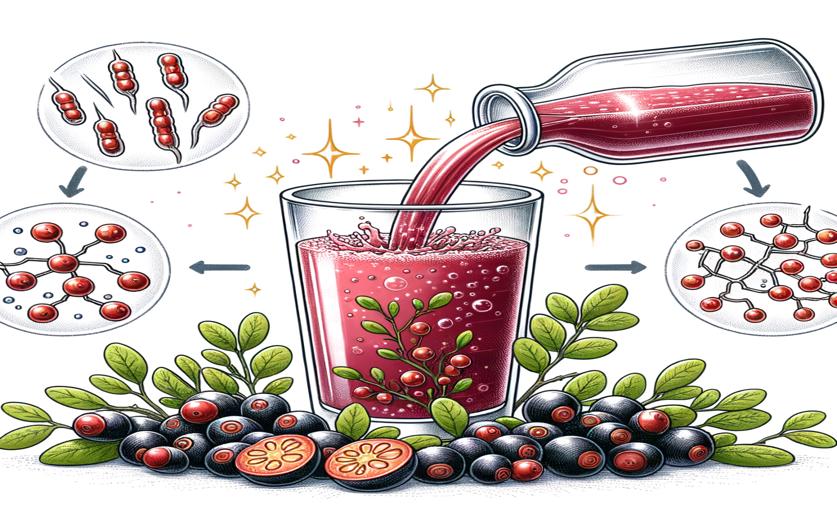
How Lactobacillus Fermentation Boosts Antioxidants in Wolfberry Juice
Jim Crocker
24th May, 2024

Image Source: Natural Science News, 2024
Key Findings
- The study by Nanchang University explored how fermenting wolfberry juice with Lactobacillus plantarum NCU137 enhances its nutritional value and antioxidant properties
- Fermentation significantly increased the content of free polyphenols and released bound polyphenols, boosting the juice's antioxidant activity
- The optimal fermentation period for maximizing polyphenol content was identified as 24-48 hours, during which specific bound polyphenols peaked
References
Main Study
1) Exploring the Biogenic Transformation Mechanism of Polyphenols by Lactobacillus plantarum NCU137 Fermentation and Its Enhancement of Antioxidant Properties in Wolfberry Juice.
Published 23rd May, 2024
https://doi.org/10.1021/acs.jafc.4c01393
Related Studies
2) A comprehensive review of goji berry processing and utilization.
3) Gluten-Free Breadsticks Fortified with Phenolic-Rich Extracts from Olive Leaves and Olive Mill Wastewater.
4) Volatile organic compounds produced by Bacillus velezensis L1 as a potential biocontrol agent against postharvest diseases of wolfberry.



 14th May, 2024 | Jim Crocker
14th May, 2024 | Jim Crocker